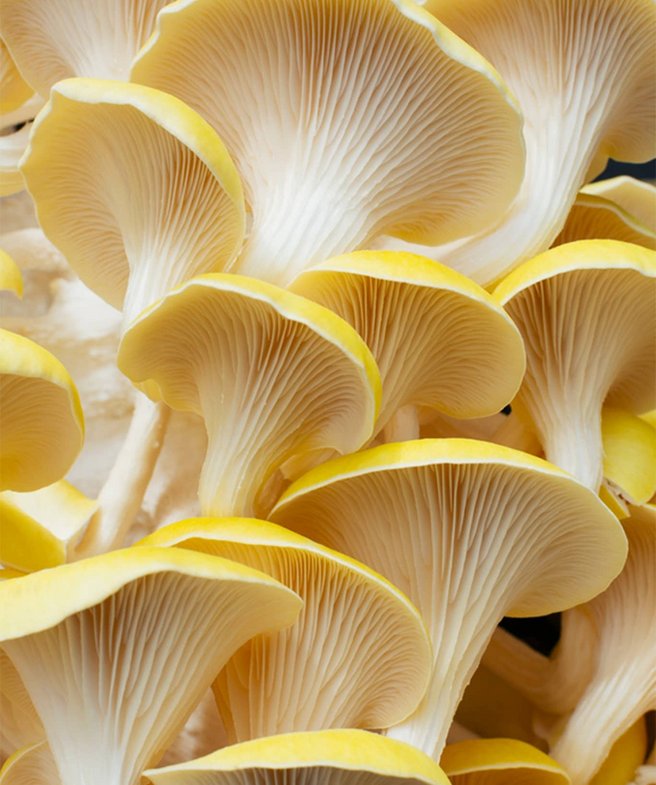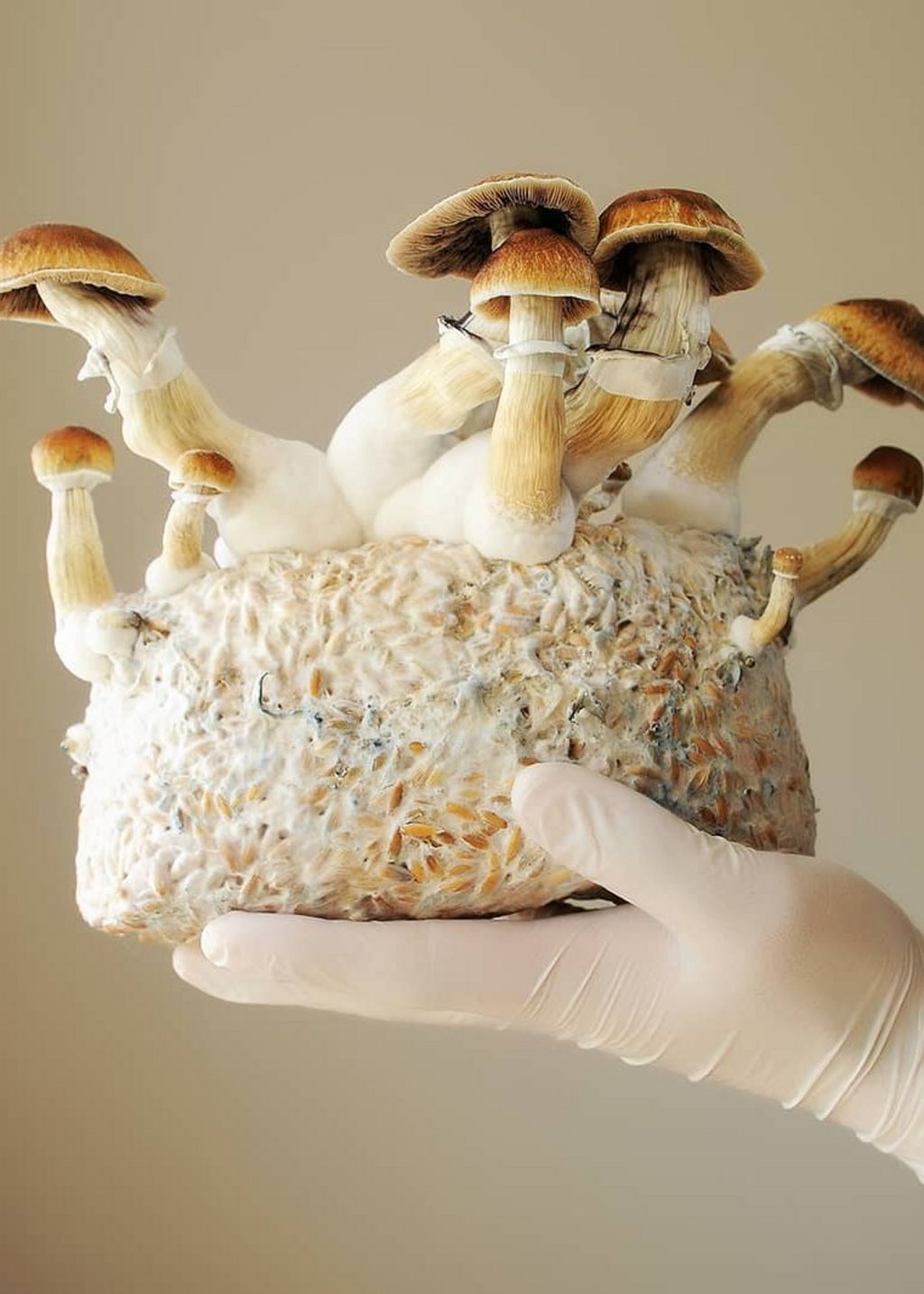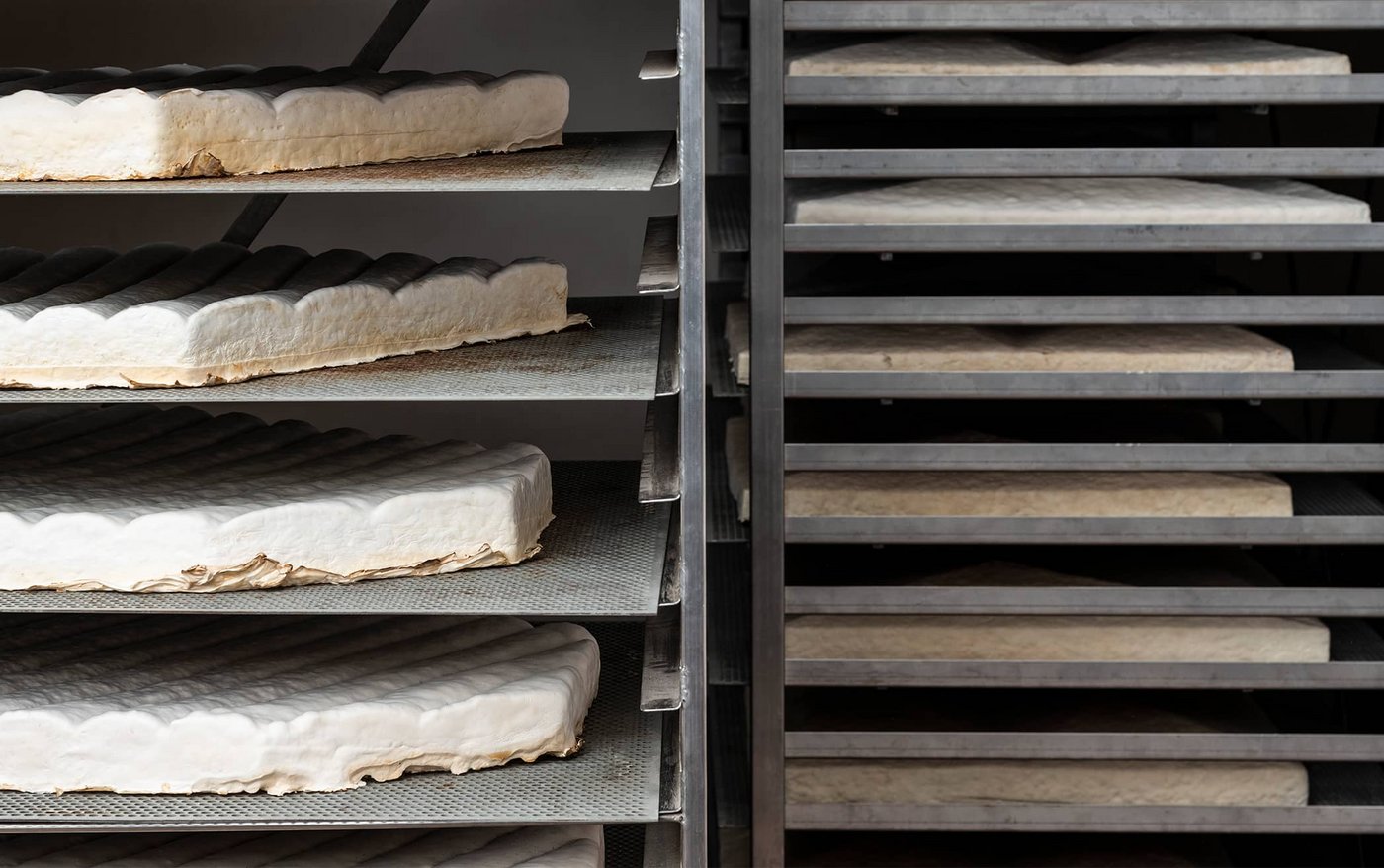IS OUR FUTURE MADE OF MUSHROOMS?

You could confidently say Dr. Tien Huynh is one of the world’s premier spokespeople for fungi. She is an associate professor at RMIT University in Melbourne, Australia. Her scientific area of interest could be a promising natural substitute for the construction sector.
Currently, the environmental impact of construction far exceeds that of aviation. According to the European Commission, construction creates at least 40% of the world’s carbon dioxide emissions and an estimated third of the world's overall waste – even more problematic as most of it is toxic and unrecyclable.
But how do we go from mushrooms to building blocks? The common thread of all mushroom species is the so-called mycelium. It consists of fine strands in extensive networks, usually underground, like roots. “The visible mushroom is generally the fruit on top,” Tien Huynh says. This organic matter can be harvested, dried and shaped using molds.
The process of enriching and strengthening the all-natural material includes feeding it with agricultural waste – a sustainable side-effect. The resulting composite material can be used in a range of products from compostable packaging to recyclable electronics circuit boards. But the most interesting opportunities for mycelium: bricks and leather.
In brick shape, the mycelium could replace the insulation foam usually made of extruded polystyrene. Not only would the switch eliminate a large source of waste, but the natural mycelium blocks also have another advantage: fire-resistance. “In comparison to the polystyrene, a fungal brick does not produce toxic fumes, it doesn’t change shape when exposed to fire,” says Huynh. “It forms a charred surface, a sacrificial layer that leaves the rest of the brick in its virgin state. It self-extinguishes.”


For retrofitting existing structures, Huynh points to another innovation her team came up with. “We call it fleather – fungal leather,” says Huynh. “It’s one of the lightest fungal products. The implication for homeowners: You can apply it as a wallpaper.”
The list of mycelium’s positive attributes is long: resistance to water, fire and mold, biodegradability, breathability, strength, insulation, non-toxicity, flexibility in texture, sound absorbance – and even suitability for 3D-printing. Mycelium could have the potential to overhaul the building industry.
“But to which extent will it catch on?” stresses Martin Kneißl. “The construction industry is generally a very conservative sector.” The civil engineer heads the Construction Technology business field at TÜV SÜD. Most recently, Kneißl and his team accompanied the Timber Pioneer project, Frankfurt’s first office building in timber-hybrid construction. Using 1,800 cubic meters of wood, the project was able to use 80% less CO2. “Timber-hybrid construction is currently one of the truly innovative topics and is doing very well on the market.”
But Martin Kneißl is no stranger to unusual natural materials either. When the University of Giessen in Germany wanted to hang the skeleton of a sperm whale from the ceiling of a lecture hall, no one quite knew how to approach bone as essentially a reliable building material. “From our research into the material, we were able to derive the values we needed as civil and structural engineers,” explains Kneißl. The team ultimately mounted the skeleton using a delicate wire construction based on statics calculations. “The whale even received its own TÜV SÜD seal.” The example illustrates the ambition of the TÜV SÜD specialists to always know all relevant parameters in advance. “When it comes to building materials, I always ask the same questions: What needs to be considered in terms of fire protection, sound insulation, thermal insulation and moisture protection?” Kneißl explains. Thanks to confirmed values, he already has the answers for standard building materials – but not yet for mycelium.

Dr. Tien Huynh admits that existing projects seem more like conceptual experiments. “For these showcases, the architects still embrace the visual characteristics of fungi so people recognize it as a specific feature,” she explains, hinting that the aesthetic features of fungi are what still cause people to hesitate. “For now, it’s more likely to catch on in the fashion industry than in construction.”
The automotive industry could also bridge the gap from conceptual design to urban change. Some manufacturers are already showcasing sustainable upholstery and carpets made from mushroom as well as cactus leather.
As we wait for more visionary showcases, what’s next for the industrial and sustainable utilization of fungi? “The main point is: We have the technology to change the way we build cities using fungal and novel biomaterials,” Huynh concludes. “If we put some policies behind it or tax incentives, that might inspire big companies to consider changing.”